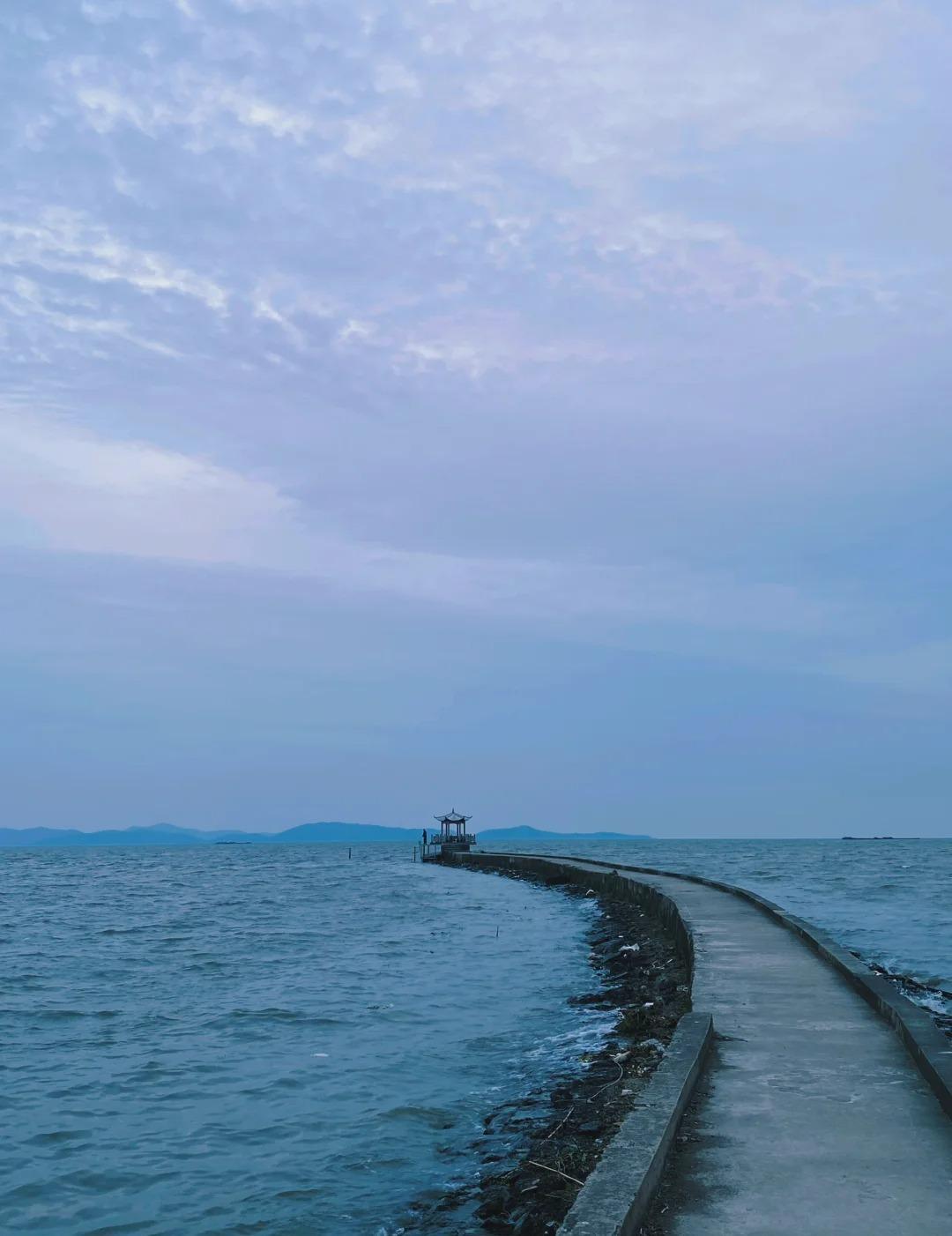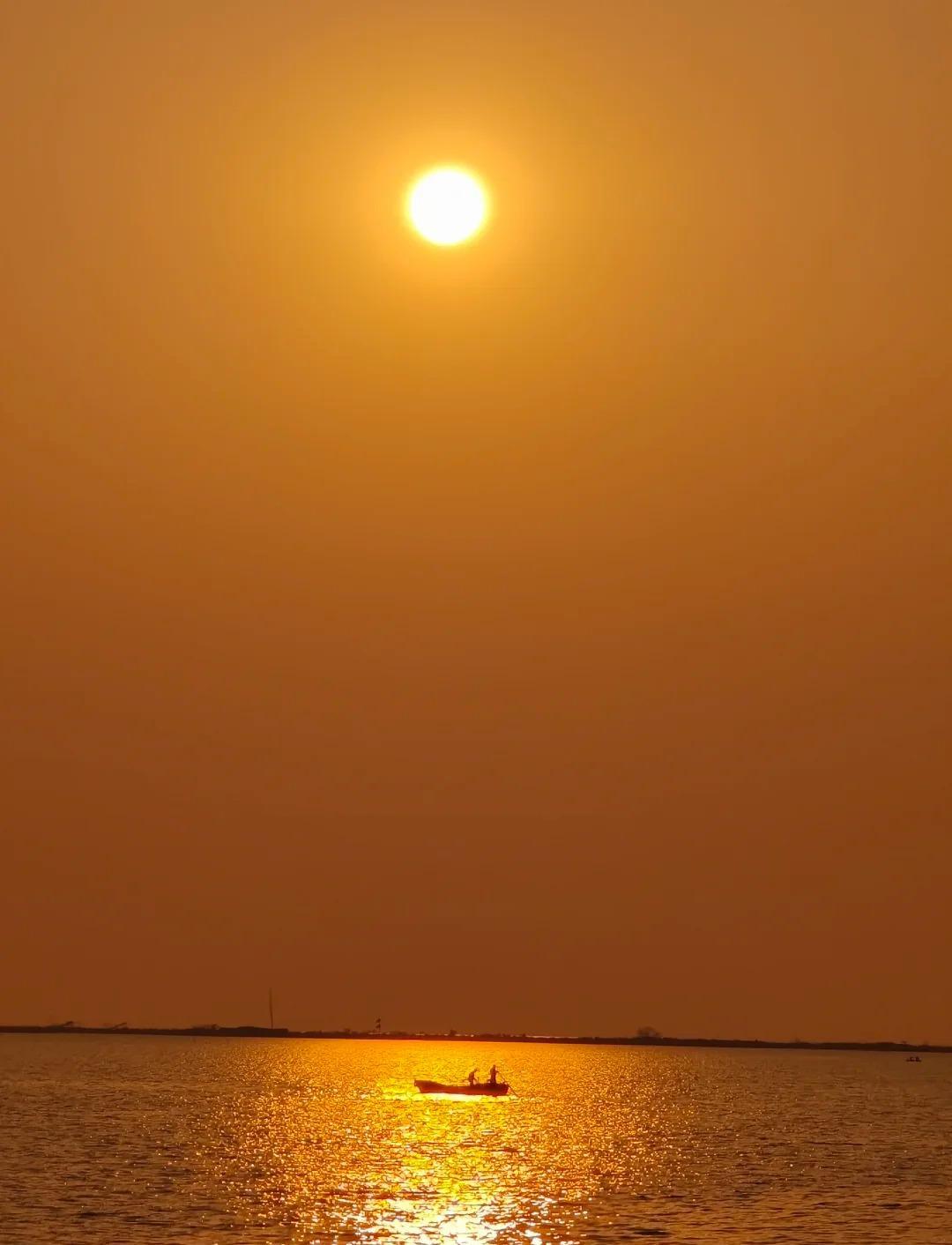Introduction to Lake Tai
Lake Tai, also known as Taihu, is a vast freshwater lake straddling the border of Jiangsu and Zhejiang provinces in eastern China. As the third-largest freshwater lake in China, it covers an impressive area of 2,250 square kilometers, with a relatively shallow average depth of 2 meters and a shoreline stretching over 393 kilometers.
For millennia, Lake Tai has been a cradle of Chinese civilization, shaping the culture, economy, and landscape of the surrounding region. Its serene waters and picturesque scenery have inspired countless poets, artists, and philosophers throughout Chinese history.
Today, Lake Tai continues to play a crucial role in the region’s water supply, agriculture, and tourism industries, making it a vital resource for millions of people in the prosperous Yangtze River Delta region.

Geographical Features and Ecosystem
Lake Tai was formed around 70 million years ago due to tectonic movements. Its basin is predominantly composed of limestone, contributing to the unique karst topography of the area.
The lake boasts numerous islands, with Xishan and Dongshan being the largest and most renowned. These islands, along with the lake’s intricate system of inlets and bays, create a diverse landscape that supports a rich ecosystem.
Flora and fauna in and around Lake Tai include:
- Aquatic plants: Water chestnuts, lotuses, and reeds
- Fish species: White fish, whitebait, and the prized “three whites” (white shrimp, white fish, and whitefish)
- Birds: Cormorants, egrets, and migratory waterfowl
However, rapid industrialization and urbanization have posed significant environmental challenges to Lake Tai. Efforts are underway to combat pollution, restore wetlands, and protect the lake’s biodiversity.

Cultural and Historical Significance
Lake Tai has left an indelible mark on Chinese culture, featuring prominently in classical literature, paintings, and poetry. The famous Song Dynasty poet Su Dongpo wrote extensively about the lake’s beauty, while countless artists have captured its misty landscapes on silk and paper.
Historical figures associated with Lake Tai include:
- Fan Li: Ancient Chinese strategist who retired to the lake to become a successful businessman
- Lu Yu: The “Sage of Tea” who wrote the seminal “The Classic of Tea” near the lake’s shores
Traditional industries that flourished around Lake Tai include:
- Fishing and aquaculture
- Pearl cultivation
- Silk production
The lake’s influence extends to regional cuisine, with dishes featuring freshwater fish, shrimp, and aquatic plants. The surrounding area is also renowned for its tea culture, particularly the famous Biluochun green tea.

Key Attractions Around Lake Tai
| Attraction | Description | Location |
|---|---|---|
| Wuxi Taihu Show Park | Grand-scale outdoor performances | Wuxi |
| Turtle Head Isle | Scenic spot with temples and gardens | Wuxi |
| Three Kingdoms City | Theme park based on historical novel | Wuxi |
| Lingshan Grand Buddha | 88-meter tall bronze Buddha statue | Wuxi |
| Luzhi Ancient Town | Well-preserved water town | Suzhou |
These attractions offer visitors a mix of natural beauty, cultural experiences, and historical insights, showcasing the diverse appeal of the Lake Tai region.
Recreational Activities and Experiences
Lake Tai provides a wealth of activities for visitors:
- Boating: Take a scenic cruise or rent a small boat for a more intimate experience
- Hiking: Explore nature trails on the islands or along the lakeshore
- Tea tasting: Sample local teas, especially the prized Biluochun
- Cultural performances: Enjoy traditional Kunqu opera or Wu folk music
Visitors can also indulge in local cuisine, featuring fresh lake fish, shrimp, and regional specialties like Wuxi spare ribs and Dongpo pork.

Cities and Towns Around Lake Tai
Several major cities and charming towns dot the shores of Lake Tai:
- Wuxi: Known for its industry and tourism, Wuxi offers a blend of modernity and tradition
- Suzhou: Famed for its classical gardens and silk production
- Huzhou: Birthplace of tea culture and home to beautiful bamboo forests
Smaller lakeside communities like Guangfu and Yixing offer glimpses into traditional life and local craftsmanship, such as Yixing’s famous purple clay teapots.
Practical Travel Information
Best times to visit:
- Spring (April-May) and Autumn (September-October) for mild weather and beautiful scenery
Getting there:
- High-speed trains connect Shanghai and Nanjing to Wuxi and Suzhou
- Local buses and taxis provide transportation around the lake
Accommodation options range from luxury lakeside resorts to budget-friendly city hotels. For a well-rounded experience:
- Spend at least 3-4 days exploring different areas around the lake
- Combine city visits with trips to smaller towns and natural areas
- Try local specialties and participate in cultural activities
Lake Tai offers a perfect blend of natural beauty, rich history, and modern amenities, making it an ideal destination for those looking to experience the heart of eastern China’s culture and landscape.






